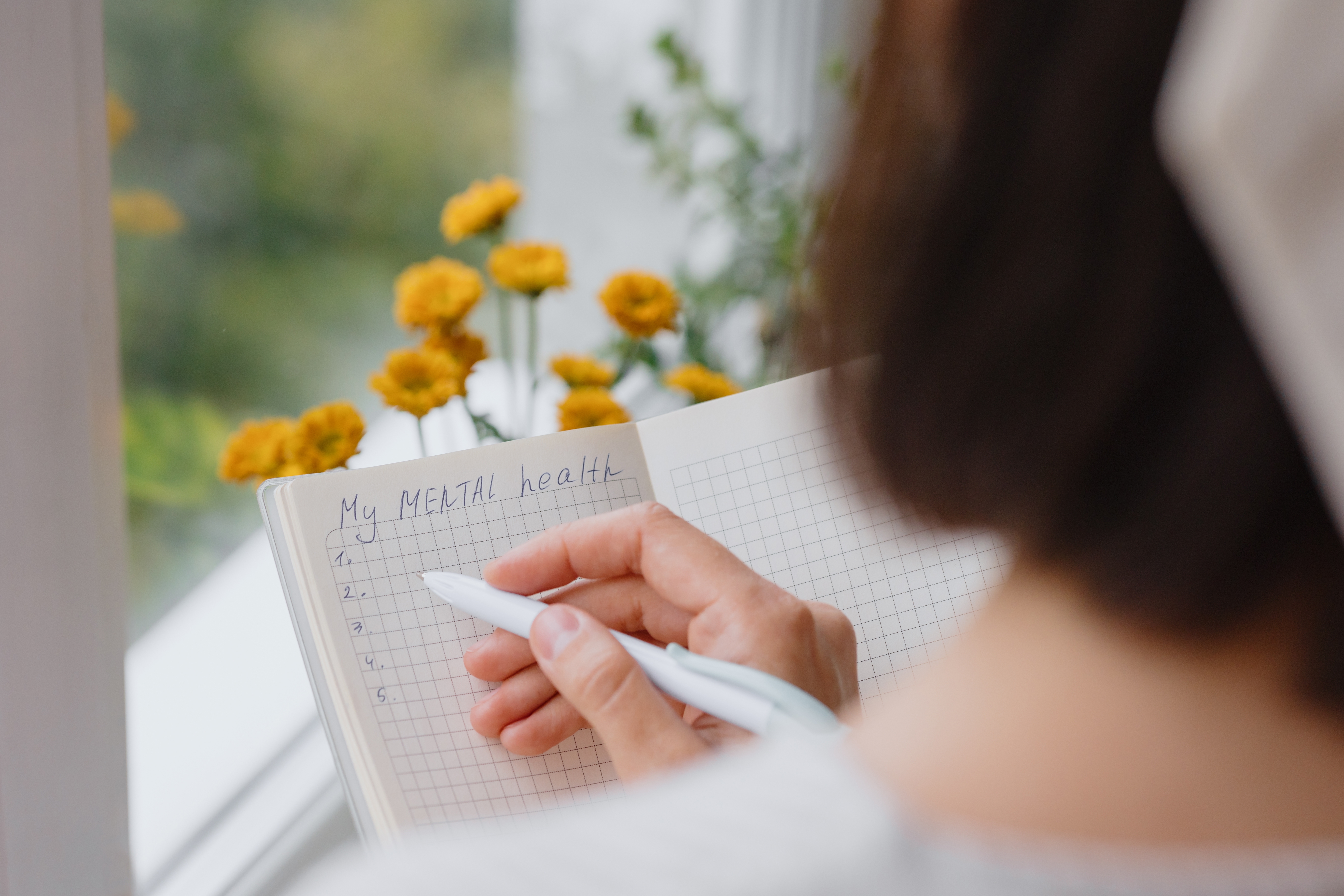Inside Anxiety: Must-Know Facts to Demystify Your Struggle
11. Diagnosing Anxiety: Beyond Just Feeling Anxious

A formal diagnosis of an anxiety disorder is crucial and goes far beyond simply feeling anxious. Healthcare professionals conduct a comprehensive evaluation, including a detailed discussion of symptoms, their duration, and their impact on daily functioning. They use standardized diagnostic criteria (like those in the DSM-5) to differentiate between normal anxiety and a clinical disorder, and to identify the specific type of anxiety disorder. Medical tests may be performed to rule out physical conditions (like thyroid problems or heart issues) that can mimic anxiety symptoms, ensuring an accurate diagnosis guides appropriate treatment.
12. Treating Anxiety: A Holistic Toolkit for Relief

Effective anxiety treatment is rarely a one-size-fits-all approach. Often, the most successful strategy involves a combination of therapies. Psychotherapy, particularly Cognitive Behavioral Therapy (CBT), helps individuals change negative thought patterns and behaviors. Medications, such as SSRIs or anti-anxiety drugs, can help regulate brain chemistry. Crucially, lifestyle modifications—including regular exercise, a balanced diet, sufficient sleep, stress-management techniques like mindfulness, and reducing caffeine/alcohol intake—form a powerful supportive pillar. This holistic toolkit empowers individuals to manage symptoms and reclaim their well-being from multiple angles.
